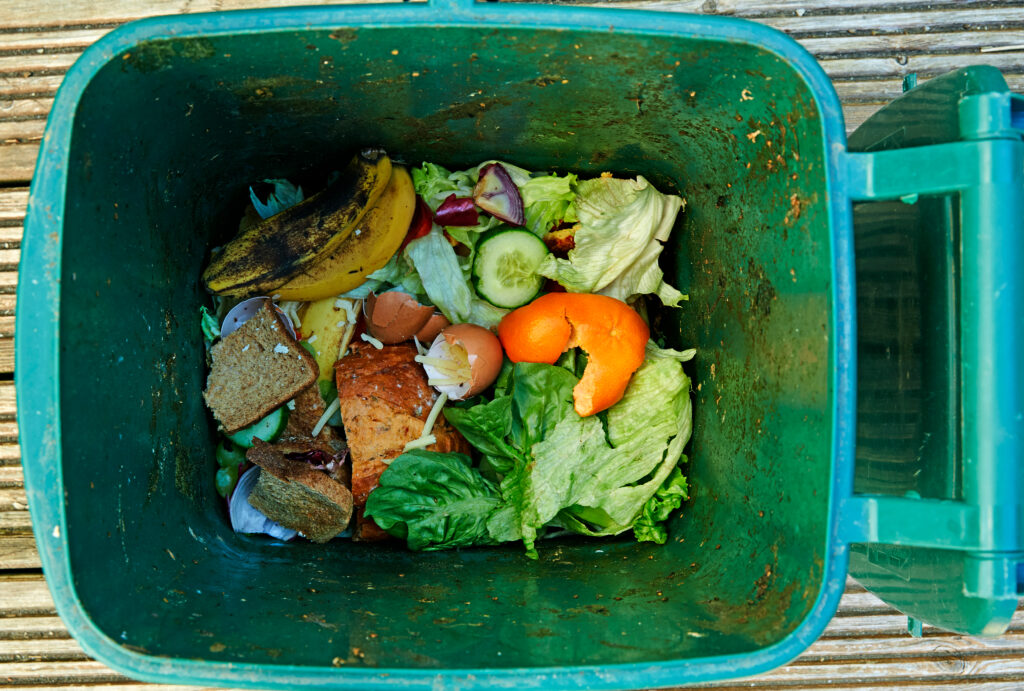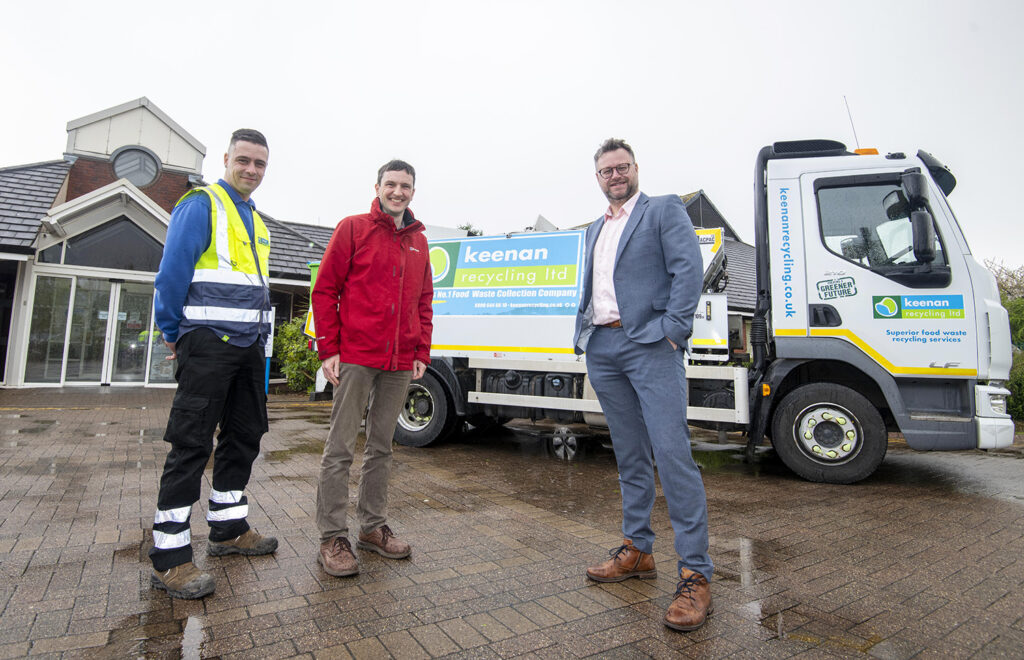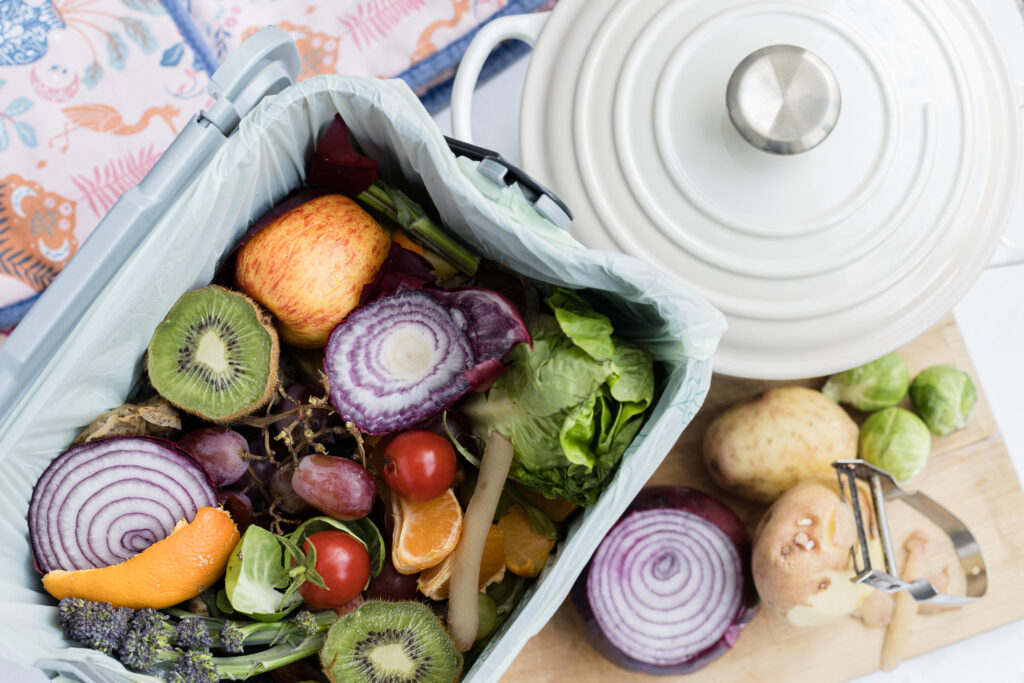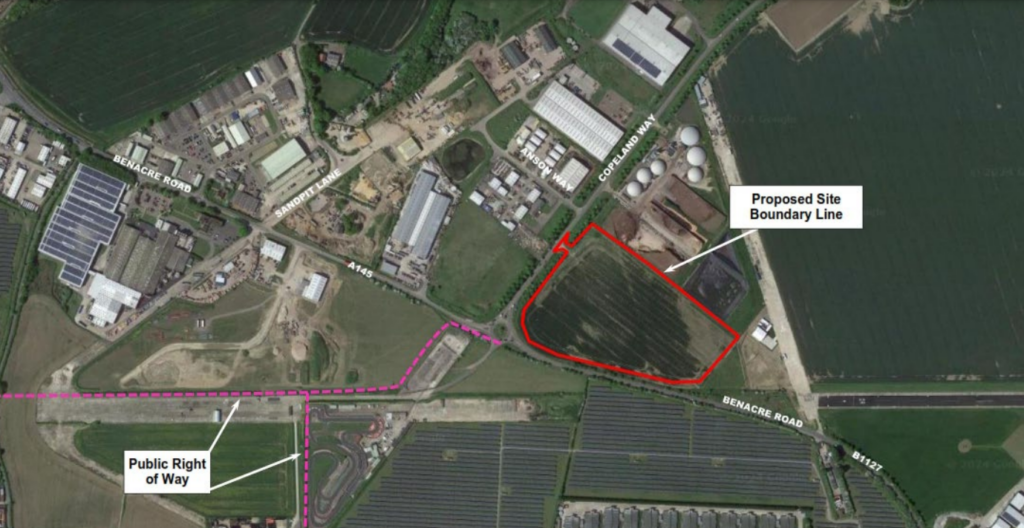And, the “climate action NGO” has also published a progress report on its Courtauld Commitment 2030- which targeted a 50% reduction in all food waste by 2030 against 2007 and a 50% reduction target for greenhouse gas emissions against 2015. This also showed that while work is being taken, overall food waste levels are inching up per person.
In terms of household food waste, WRAP said it focused on food waste collected by local authorities only to allow robust comparisons. This covers over 80% of the total but excludes disposal routes for which measurement is more problematic: food and drink waste going down the sewer (e.g. kitchen sink) or home composted.
For this waste stream, food waste was 76kg per person in 2021 from UK homes. This is 9kg per person heavier than in 2018 (when last reported) and similar to levels between 2010 and 2017, but 15.5kg lower than in 2007.
WRAP put the rise down to two factors. Firstly, it said more food was consumed in the home in this period compared to pre-pandemic years as there was much less opportunity for people to eat out. And food prices relative to average incomes were also much lower at the time. “This means that despite action taken to reduce food waste over the same period, there was still an increase overall”.
Catherine David, director of behaviour change and business programmes at WRAP, said: “Whilst food waste in our homes is lower than in 2007, this increase is a stark indication that there must be significant action, at scale, to tackle this problem. We waste 12% of the food that we buy with an average household of four throwing away £1,000 of good food each year. This is happening also because our food system is making it hard for people to buy only what they need, and to use more of what they buy. We know how hard it is to make change happen and we believe that key to success is a shared responsibility for action.
“We need retailers, brands, manufacturers, hospitality businesses, local authorities and national governments to work together and focus on helping customers buy what they need. We need to reshape the food system and treat food like the precious resource it is. Slowing down is not an option given the damage caused by food waste and its direct contribution to climate change.”
Courtauld Commitment
WRAP also published a progress report on its Courtauld Commitment 2030. This also included supply chain food waste levels and greenhouse gas emissions.
As outlined below, this showed a slightly lower 5.6% rise when combined. Supply chain waste levels fell by 6.5%.
Household food waste in 2021 was likely influenced by the Covid-19 pandemic, with more food eaten inside the home compared to other
years, WRAP added.
- Retail: between 2018 and 2021 food waste per capita fell by 8.5%. Retail food waste in 2021 was 26% lower than in 2007. To halve its food waste by 2030, retail food waste must fall by a further 31% in 9 years. Retail food waste makes up 3% of post-farm gate food waste in the UK
- Food Manufacturing: Between 2018 and 2021 this fell by 9.2%. Manufacturing food waste per capita was 34% lower in 2021 compared to 2007. At the current rate of reduction, manufacturing food waste will halve by 2030. Manufacturing food waste makes up 18% of post-farm gate food waste in the UK
- Hospitality and Food Service Sector: Current (2021) estimate of food waste in the sector is around 1.08Mt per year. The majority, 800,000 tonnes, could have been eaten. The sector produces 14% of food waste tracked under the Courtauld target. Poor data from the sector makes it problematic to measure changes over time
Emissions
For emissions, WRAP has modelled a a 14% reduction in total food waste emissions between 2015-2021.
The body warned that “accelerated progress by stakeholders in the coming years is needed to meet the Courtauld 2030 target” of a 50% reduction.
The biggest consistent drivers of this reduction have been in the supply chain and consumer stages, most notably in the household, retail and manufacturing sectors.
This is driven primarily by a decrease in the greenhouse gas intensity of energy since 2015.
In financial terms, the total cost of food thrown away in our homes was £17 billion in 2021 (£3 billion was food past the date on its label). On average, this is £250 per person and approximately £1,000 for a household of four. In addition, local authorities spent around £510M disposing of or treating food waste.













Subscribe for free